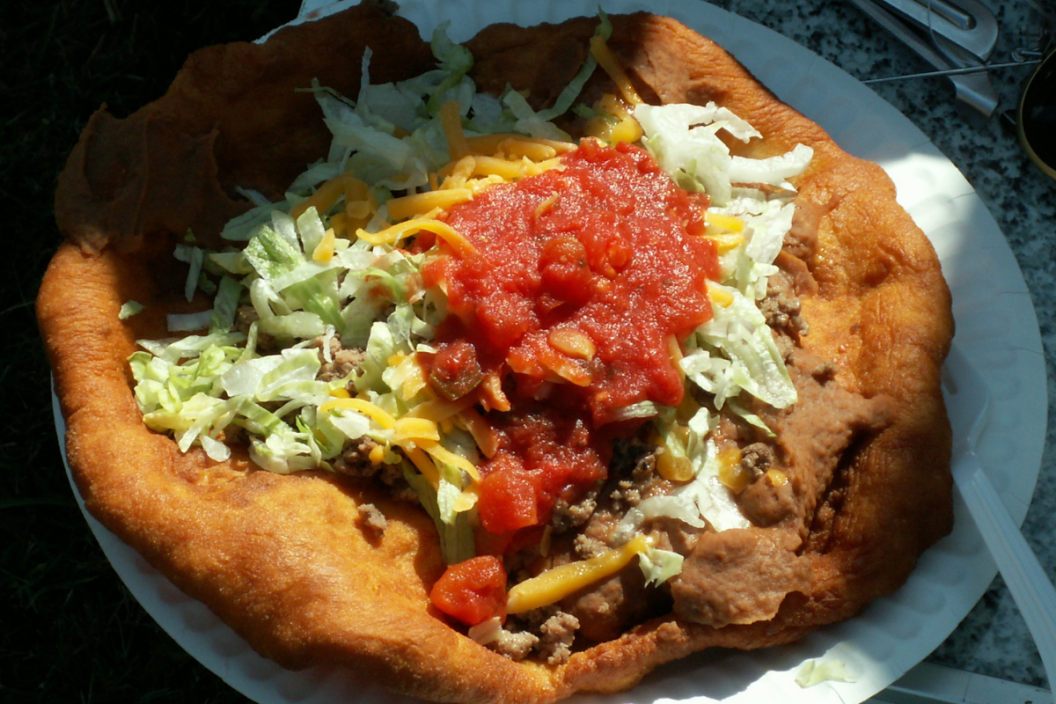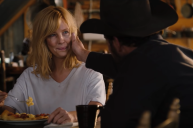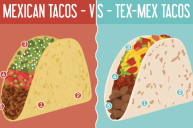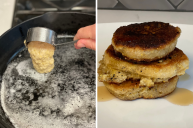Pawhuska, Oklahoma, is known as the hometown of The Pioneer Woman and her family. With multiple businesses in downtown Pawhuska, Ree and Ladd Drummond have helped give the small town a new vibrancy with all the out of town visitors coming in to see The Mercantile, eat pizza, tour the Drummond ranch, or stay in their new hotel.
Pawhuska: Home of the Osage Nation and the National Indian Taco Championship
Pawhuska was once before an economic powerhouse, thanks to the Osage Nation and the oil industry. Now, the town is trying to honor its roots while creating a strong local economy and a place where Pawhuskans and tourists alike feel welcome. That means leaning into their history at the same time they look to the future.
Because of The Pioneer Woman, Pawhuska is connected with food. But the town has been celebrating its cultural ties to food for a lot longer. In 2003, the Pawhuska Chamber of Commerce started the National Indian Taco Championship and every year, the event has grown. Now it takes place in downtown Pawhuska, where the smell of fry bread permeates the whole town the first Saturday in October.
What is an Indian Taco?
The event has around 20 competitors, all offering their take on an Indian fry bread taco (also known as a Navajo taco), which uses fry bread as the foundation of the meal instead of a flat flour tortilla. But the fact that it's fried bread doesn't make any less a taco. A basic Indian Fry Bread recipe for Navajo Tacos includes a variety of savory taco toppings including taco meat, sour cream, and avocado. Fixings can range from diced tomatoes and pinto beans to shredded cheese, black olives, and fresh guacamole.
"That's because fry bread is essentially a flour tortilla with the addition of baking powder, deep-fried in oil until it becomes fluffy and bubbly with a golden brown exterior," wrote about the Indian fry bread taco in the magazine Cowboys & Indians.
The National Indian Taco Championship is just as much about culture as it is food. There are an Indian dance and drum competition, and as Paula Mashunkashey, one of the people who established the event told Ralat when he attended the championship in 2016, "there's so much love, there's so much culture, there's so much pride."
Frybread is an important part of Native American culture, a symbol both of nourishment and oppression. While many indigenous tribes have some kind of traditional flatbread or tortilla, what we call fry bread took its modern form during the Long Walk in 1864, when U.S. troops force-marched thousands of Navajos from their homes in Arizona, relocating them to New Mexico.
Most of what they had to eat were government rations (white flour, salt, sugar, lard). In order to survive, the Navajo turned those basic ingredients into fry bread, and fry bread into a symbol of perseverance.
What is Fry Bread?
Today, fry bread is still an important part of a Native American food tradition, but with one piece of fry bread coming in at 700 calories and 27 grams of fat (according to the USDA) it's also something of a problematic tradition. The Center for Disease Control and Prevention notes that Native Americans "have a greater chance of having diabetes than any other U.S. racial group." Some health advocates worry that the traditional fry bread—or more specifically the reliance on processed foods heavy in flour, sugar, salt, and fat—is part of the reason why.
Chefs are finding ways to honor the tradition of fry bread in the Indian fry bread taco dishes they serve, while also making them healthier or at least more of a once-in-a-while treat than an everyday food. And when you walk into Pawhuska on the first Saturday of October, there's no denying that Navajo fry bread is too good to pass up.
Contestants top the Indian fry bread taco with ground beef, cheddar cheese, shredded iceberg lettuce, and maybe some sour cream—your typical taco ingredients. But you can also find bison and chili, plus fry bread desserts and Indian taco dogs (fry bread wrapped hot dogs). $5 gets you a spot judging the entries and there are other food and drink vendors on hand, too.
If you end up making this classic fry bread recipe at home, make sure to have some paper towels on hand to drain the hot oil from the crispy shell.
How to Make Native American Fry Bread
In a large bowl combine all-purpose flour, baking powder, salt, and milk and stir. Add in just enough warm water to bring the dough together. Cover the bowl and let rest for 45 minutes.
On the stovetop, Preheat a cast iron skillet filled with 1-2 inches of vegetable oil over medium-high heat.
When ready, remove a golf ball size of the bread dough from the bowl and place it on a floured surface and press into a circle. Add the piece of dough to the oil and fry 1 minute on each side. Remove to a paper towel using tongs and allow them to drain.
Along with adding your favorite savory toppings, sweet toppings like cinnamon sugar and powdered sugar are great sprinkled on this chewy bread.
If you get a chance to try an authentic fry bread taco, you should. It's a symbol of the United States, with its history of oppression and the fight of native peoples to survive, but it's also a way to come together and build a future.




